Ecuador – Part 1: Galápagos Islands
Chapter 2: Sand & Sea
Tourists enjoy relaxing on beaches and watching sunsets that drop off the edge of the sea. Personally, I am less of a beach person. Other dynamics interest me more. But, no matter a person’s personal preferences, sand and sea make for an interesting combination, especially in the Galápagos.
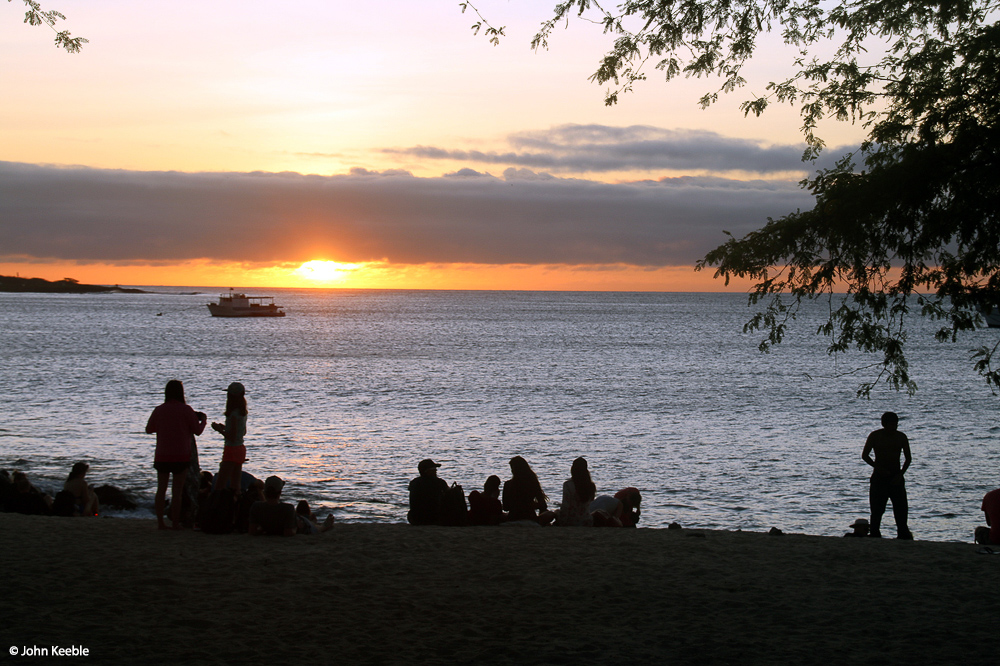
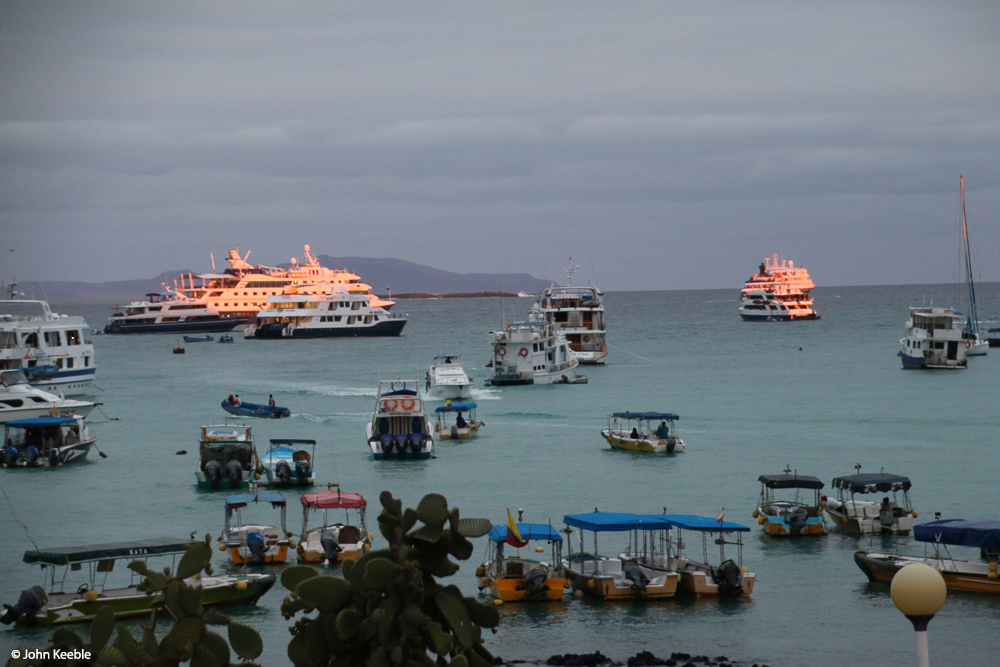

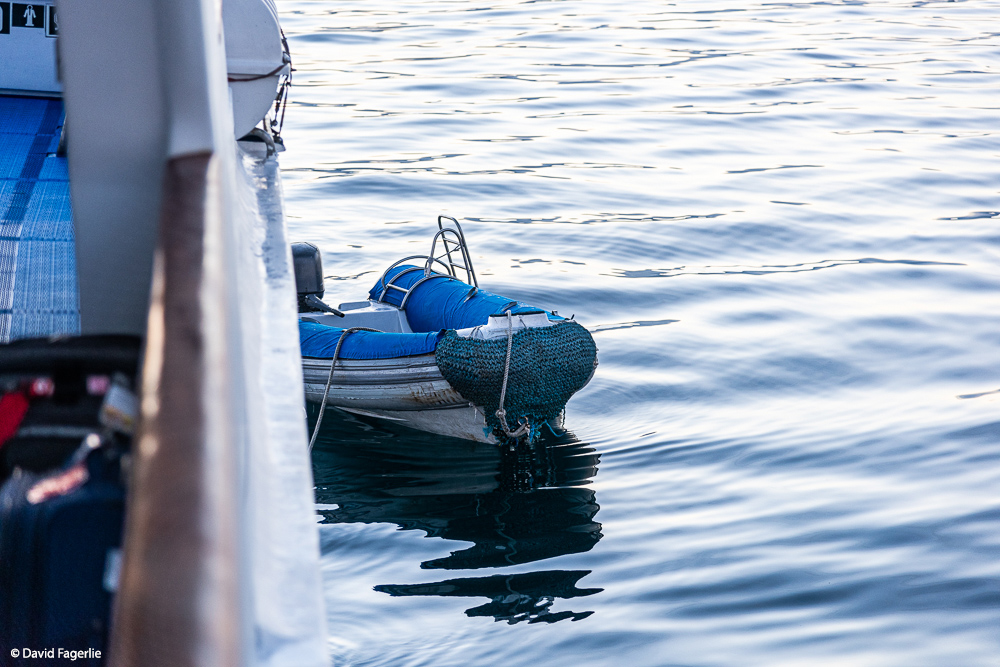
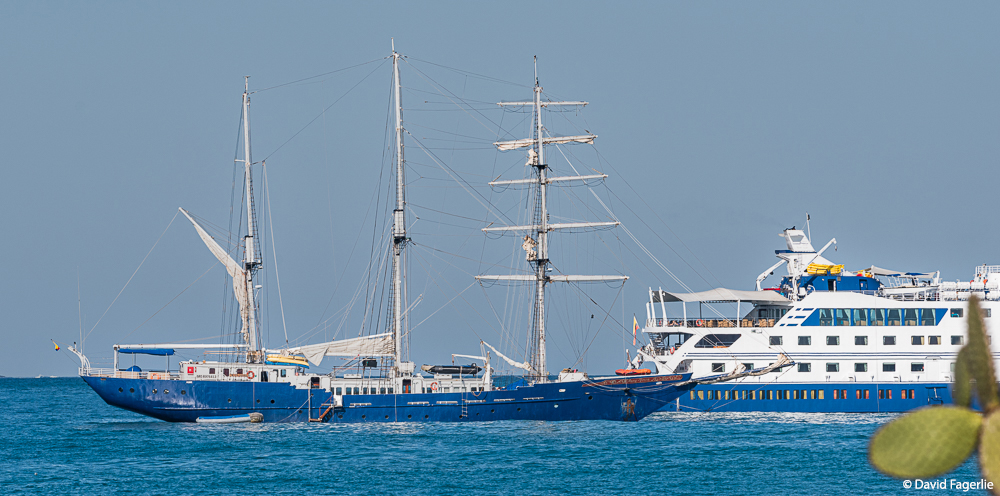
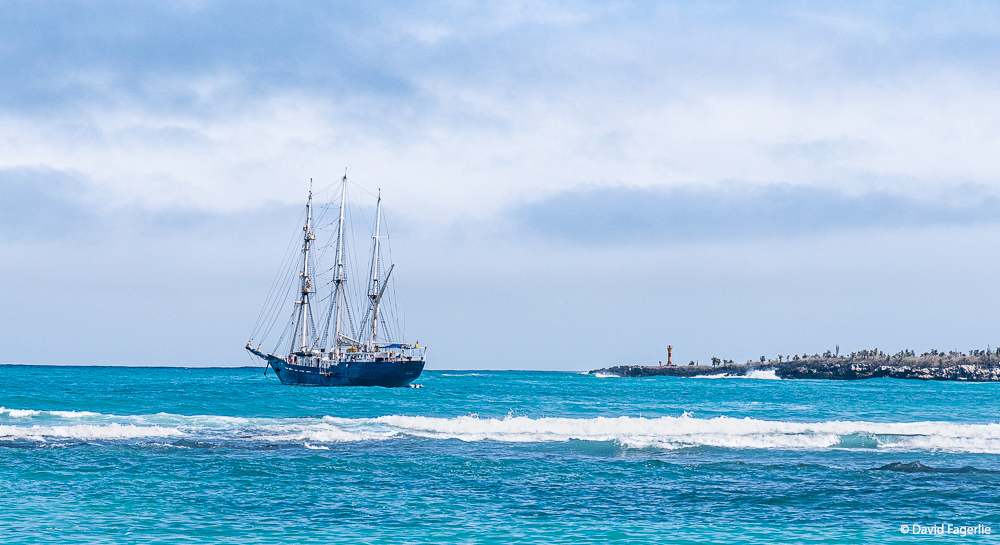
Up in the sandy volcanic hills of Isabela is the “Wall of Tears.” As a sign explains: “Between 1946 and 1959 here ran the infamous Isabela Penitentiary Colony. In those days the Galapagos Islands weren’t the site we now appreciate, but a distant retreat for adventurers or scary outcast and a destination for political prisoners and common delinquents.
The Wall of Tears is the only remaining evidence of a prison camp where abuse of power finished with the lives of many prisoners. This futile construction is preserved in memory of the hardships endured by those forced to build it, during this particular moment in Ecuadorian history.”
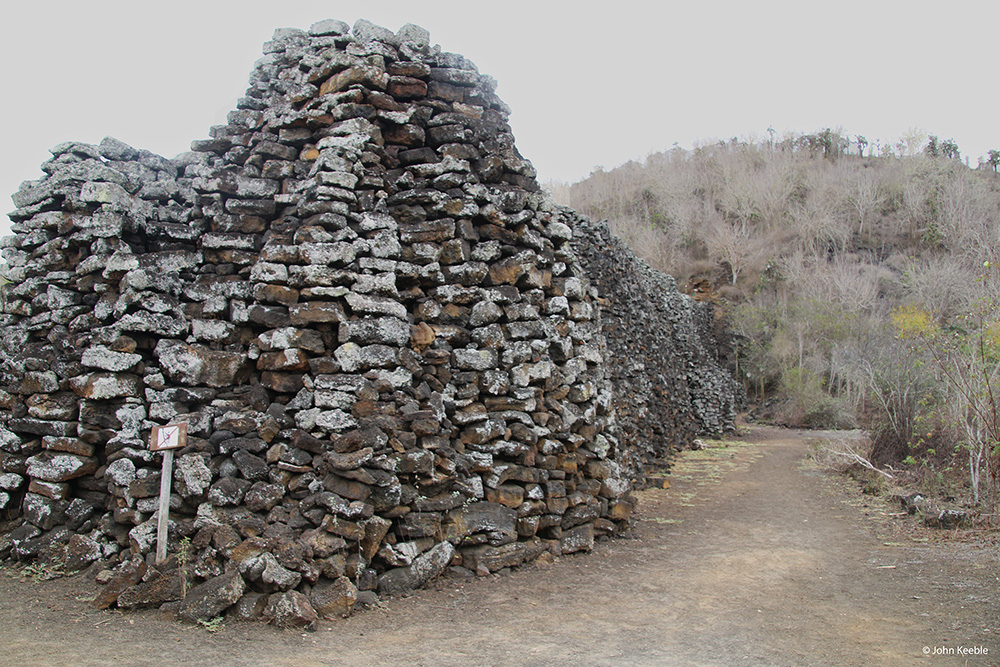

Let’s move away from the human connection to see how others enjoy sand and sea? The next photo reminds me of a Japanese sand garden; you too?

Walking along a beach I came across one of the many sea lions on the islands. Typically they just lay around enjoying the soft sand and sunshine. This one was jerking about and grunting nervously. I could not figure out why at first. But, if you look closely in the picture there is a brown fuzzy lump behind a rock. What it was eventually became clear.





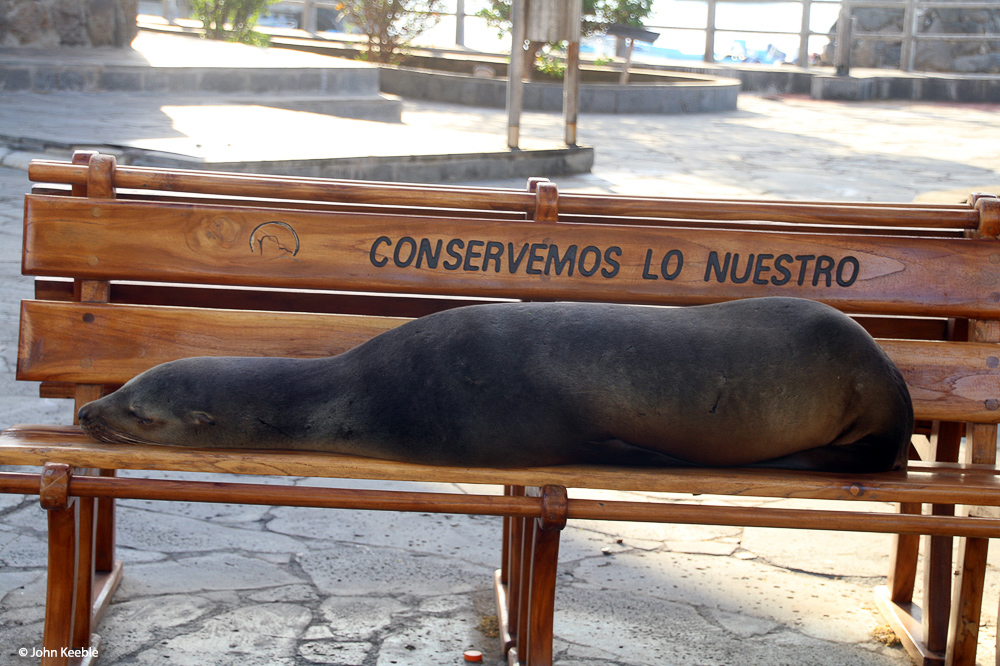
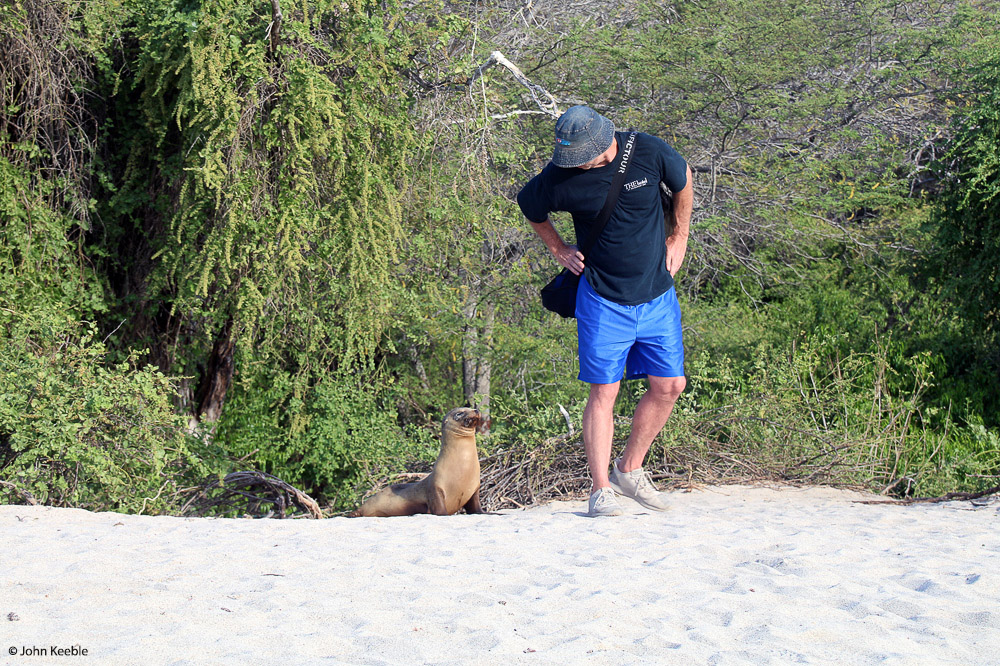
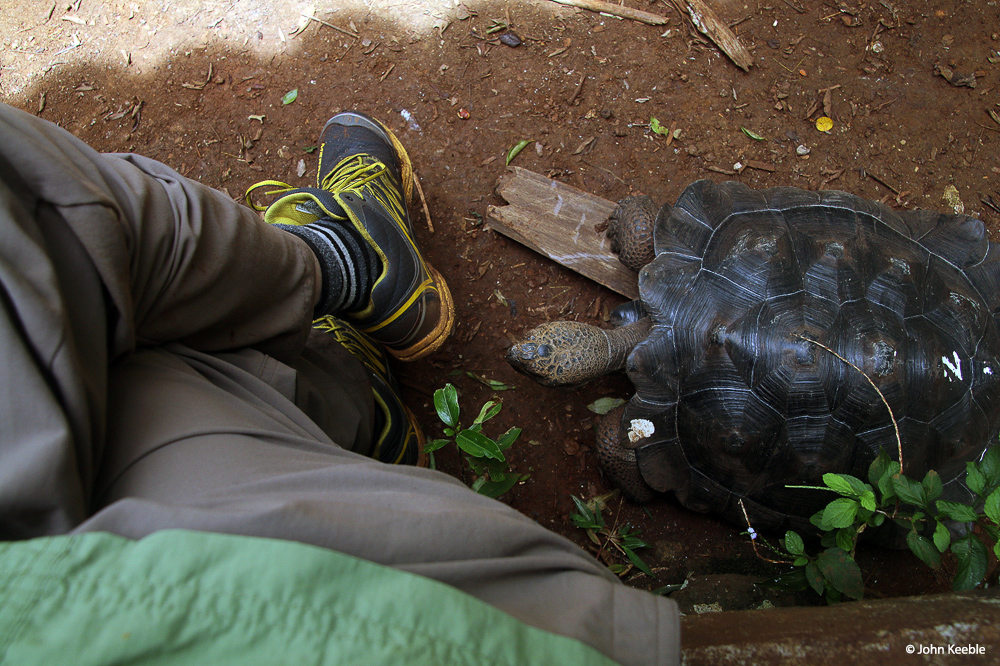
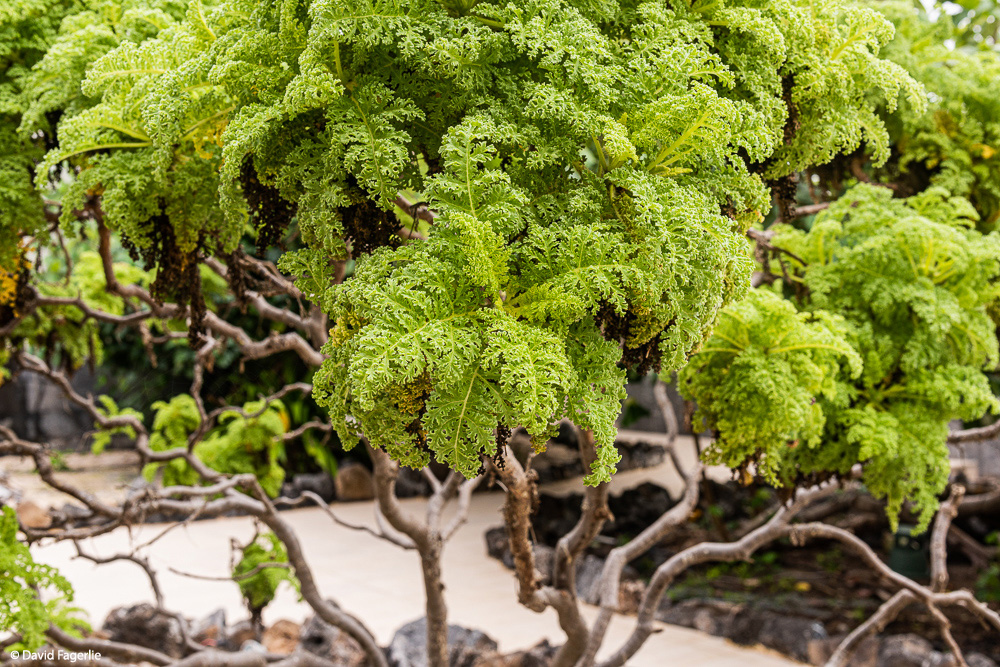
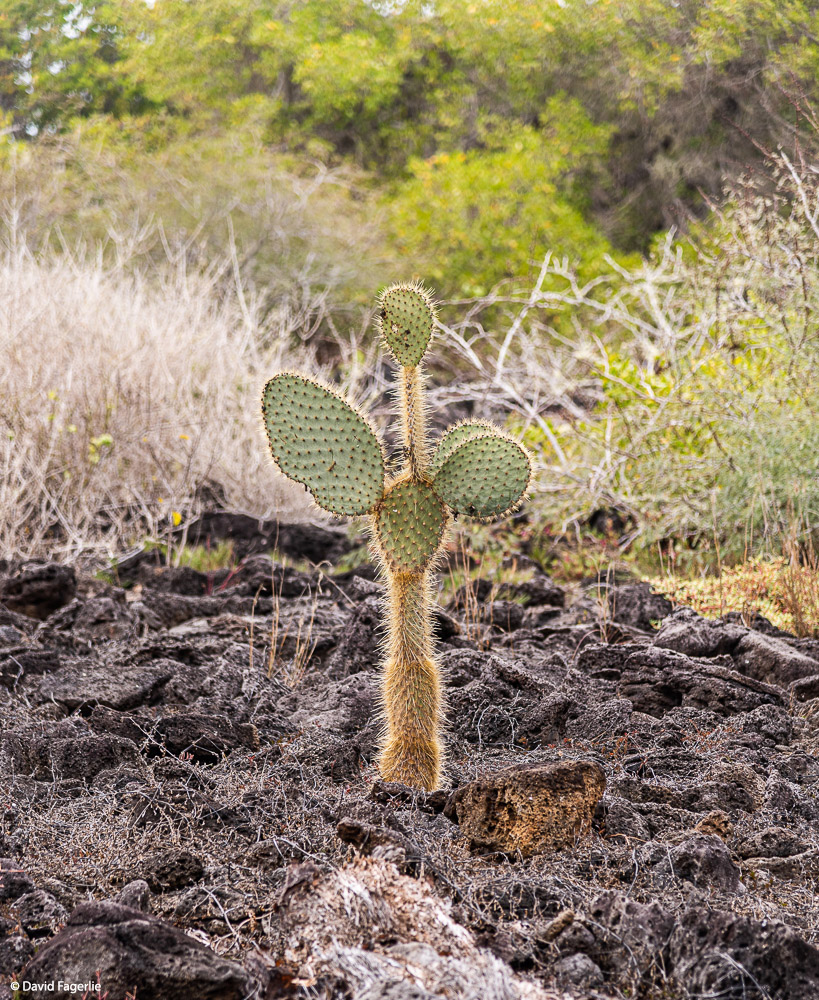
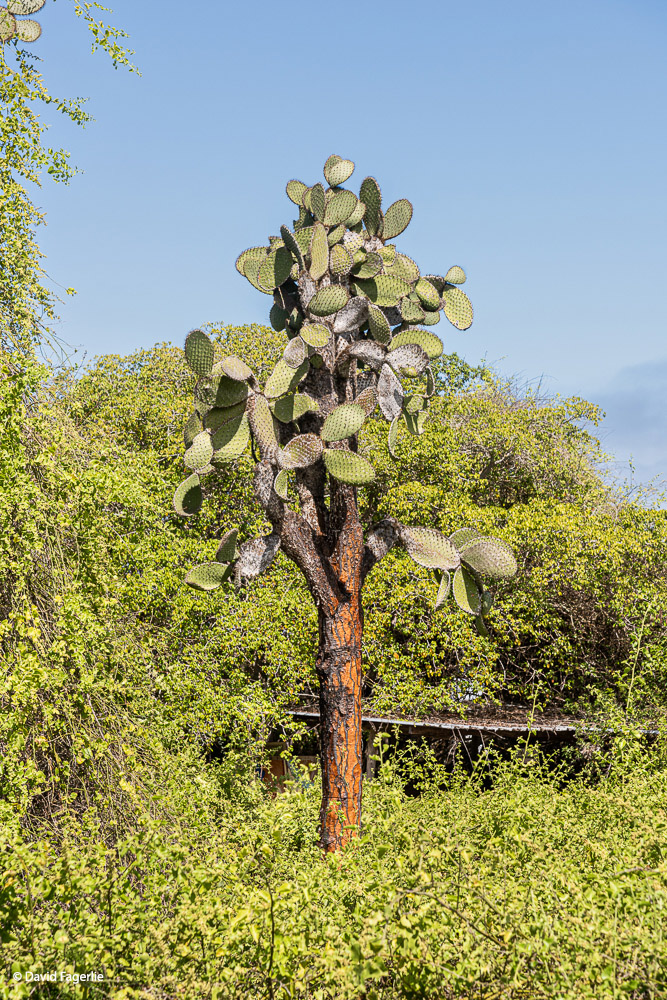
The artistry of where sand, sea and volcanic rock meet is like the best of garden architecture. Molten lava that surrounded less firm earth cooled and outlived what it surrounded. The effect is beautiful, especially when matched with sand, maybe a little greenery, and wavy lava streams that cooled when they met sea water. In some places Sally Lightfoot Crabs add a little color.













From a Zodiac boat there were opportunities to capture scenes of wildlife resting on rocks while waves crashed in front of them.



A sea turtle rested as she labored to reach higher sand where she would lay her eggs.


Past life and a lone tree against the sky.



A slide show of higher resolution images is available in Galleries. You can access the gallery for this chapter directly by clicking HERE.
Next week we go deeper into the uniqueness of the Galápagos Islands.
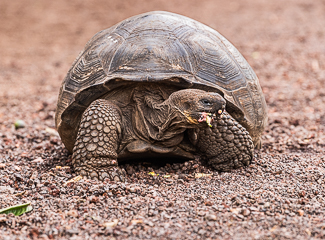
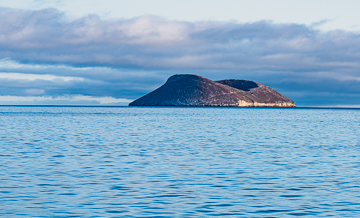
January 10, 2021
Chapter 3: Unique